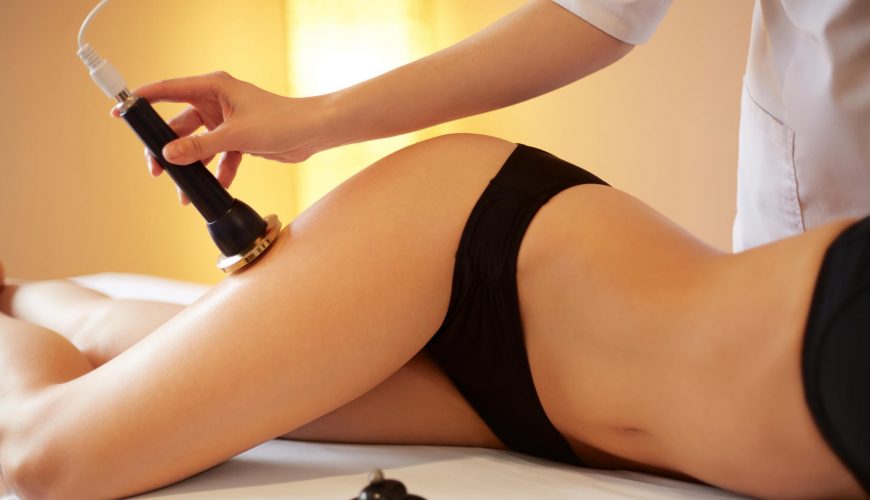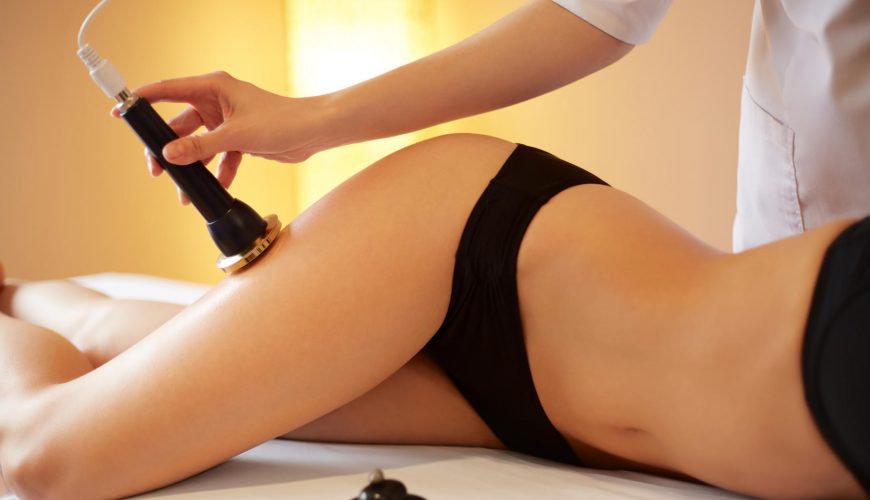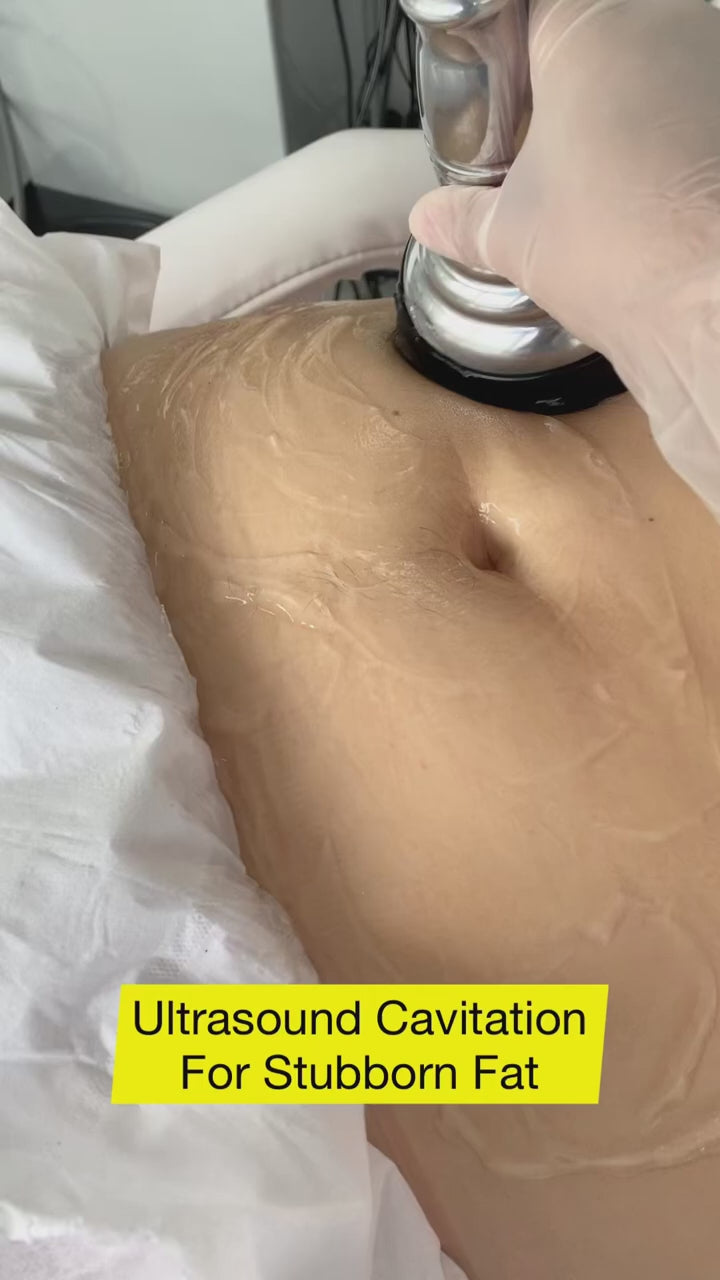The Clinic Room
Fat Reduction | Ultrasound Cavitation
Fat Reduction | Ultrasound Cavitation
Couldn't load pickup availability
Ultrasound Cavitation is a fat loss painless fat loss procedure that helps breakdown stubborn fat cells in any area of the body by using ultrasound waves to destroy fat cells within your body.
What is it?
What is it?
How does it work?
How does it work?
Suitable Areas
Suitable Areas
Post Treatment
Post Treatment

Frequently Asked Questions:
How long does the procedure takes?
Up to 45 mins
How long is recovery?
The recovery is instant.
How soon can I see the results?
The results will be visible after 3-6 weeks.
When can I return to work?
You can return to work immediately.
How long will the results last?
Long Term (dependent upon lifestyle)
Is there a need for anaesthesia?
Anaesthesia is not required.
Does it require needles?
Needles are not required.
How many treatments do I need?
The range differs between 4 and 8 treatments.
What are the risks?
Slight redness


